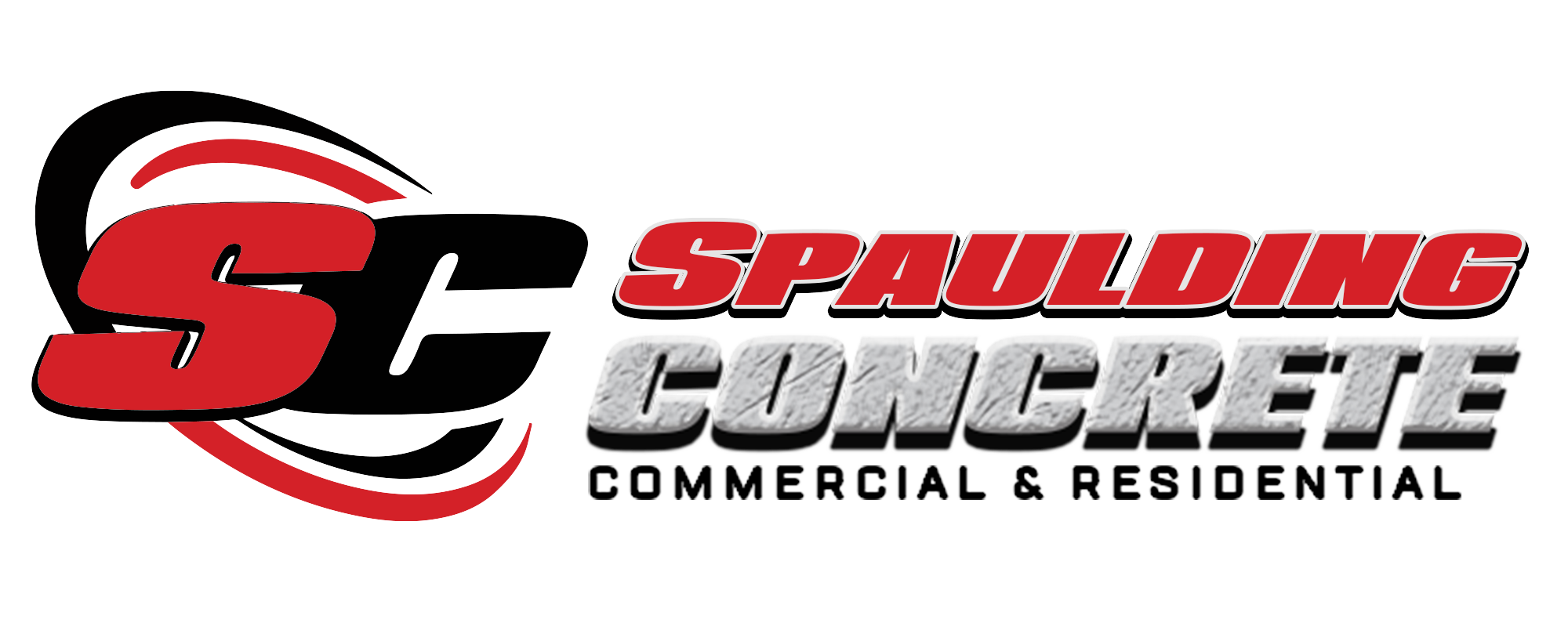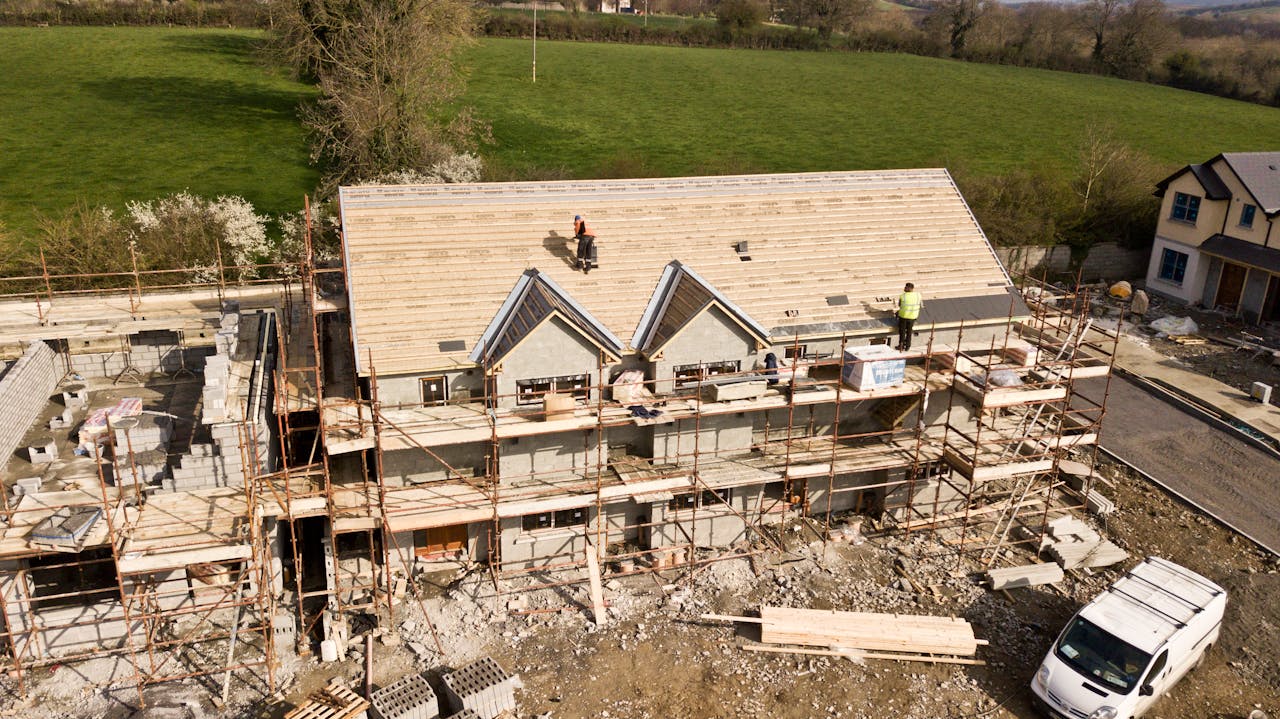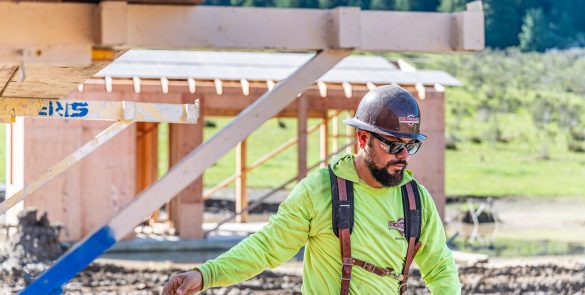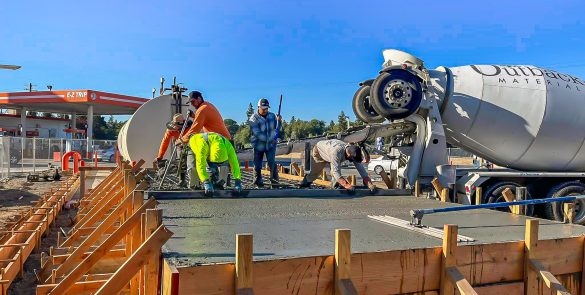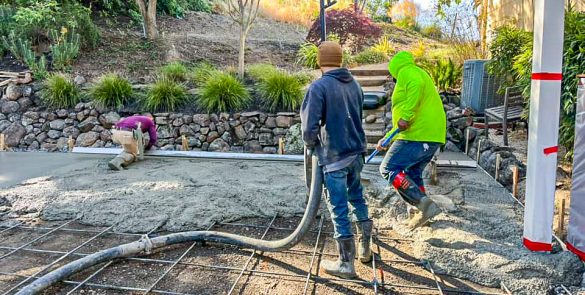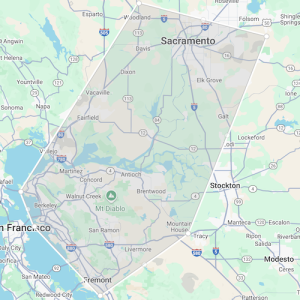Which Code Is Applicable For Earthquake Design?
In the event of an earthquake, seismic codes or earthquakes codes are the building codes which protect property and life in buildings. The need for such codes is expressed in the saying,”Earthquakes don’t kill people—buildings do.” Or in expanded versions, “Earthquakes do not injure or kill people. Poorly built man made structures injure and kill people.”
In response to major earthquakes that have led to destruction in heavily populated regions, seismic codes were produced and established. These are also updated based on and continue to be emerging information acquired from recent earthquakes and research findings. Worldwide, there are numerous seismic codes. Most root codes share similar approaches as regards the design of earthquake impact buildings, but they vary in technical criteria and have vocabulary addressing local geological conditions, common construction styles, historical problems, and so forth.
The traditional aim of seismic building codes has been to protect life protection by avoiding serious injury under a postulated earthquake. This aim was achieved by the use of a static lateral force (Lateral Force) equivalent for the structure and the design of each part according to the resulting shears and momentum. The most logical option at the moment when data on seismic shaking and seismic building efficiency were scarce was to reflect the effects of the earthquake shaking with lateral force. The lateral strength was initially dependent on the building’s weight and an empirical coefficient depending on the area.
With the quality and number of high-motion earthquake recordings the over the years, the existence and intensity of ground movements have gradually improved in building codes. In the 1989 Loma Prieta earthquake, intense ground movements provided a catalyst for a significant overhaul of the Soil component in the base shear equation. This resulted in two sets of site amplification factors that depend on the amplitude of the site from six sub-surface site classifications (Borcherdt 1994). The nonlinear comportament of the soils in powerful earth movements in the short and long periods reflects these factors. These factors had been included in the seismic provisions of the NEHRP in 1994 and then in the 1997 UBC. In the 1994 Northridge and 1995 Kobe earthquakes, powerful ground movements stressed the fact that almost defective ground motion possesses pulsal properties which are not present in the code of the side force equation. By adding almost faulty variables, the impact of these pulse motions was roughly implemented in the 1997 UBC.
CODES AND STANDARDS
There are several building codes and regulatory guidelines for seismic hazard mitigation design and construction.T he construction code standards are largely prescriptive and describe “work to” seismic areas and minimum safety factors; codes relating to seismic conditions can include local , state or regional building codes or changes and the design professionals should thoroughly examine them.
Seismic guidelines, requirements and program experts are available at several government departments at the federal level and are active in major building programmes.
- Federal Emergency Management Agency (FEMA). Offers a variety of web-based disaster groups, including a disaster group with large seismic related FEMA publications, to resolve multi-hazard issues.
- International Code Council (ICC) . The ICC was set up in 1994 to create a standardized, organized collection of national model building codes. Fundators of the ICC included Building Officials and Code Managers International, Inc. (BOCA), International Conference of Building Officials (ICBO).
- National Earthquake Hazards Reduction Program (NEHRP) The 1977 Earthquake Hazard Mitigation Act, adopted under Public Law 101-614, established FEMA ‘s earthquake program. The National Earthquake Hazard Reduction Program (NEHRP) is aimed at reducing the risk of potential earthquakes from living and land. FEMA is the lead agency of the four federal key NEHRP agencies responsible for the program preparation and coordination.
- Standards of Seismic Safety for Existing Federally Owned and Leased Buildings — a NIST interagency study on seismic safety at buildings (ICSSC RP 6) (NISTIR 6762) (NISTIR 6762)
paulding Concrete is made up of a team of specialists for structural renovation, seismic retrofitting, soft-story retrofitting, residential earthquake proofing and tenant building development. The members of our team are your partners in safety and earthquake protection who listen to and recognize the needs of the building owner and offer their earthquake retrofitting solutions from beginning to end. We enjoy delivering excellent service here at Spaulding Concrete and we live up to our values with every client.The qualified concrete experts at Spaulding Concrete will be on schedule, on budget and meet or exceed standards by careful planning, professional execution, and strict quality control. To schedule your free quote, call or email us today! We are proud to serve Orinda, Lafayette, Moraga, Pleasant Hill, Concord, Martinez, Pittsburg, Antioch, Brentwood and the surrounding areas.
Articles you may like
What Questions Should Every Property Manager Ask a Foundation Repair Contractor?
What Questions Should Every Property Manager Ask a Foundation Repair...
9 Tips for Hiring a Good Concrete Contractor in Sacramento, CA
9 Tips for Hiring a Good Concrete Contractor in Sacramento,...
How Thick Does A Concrete Retaining Wall Really Need To Be?
How Thick Does A Concrete Retaining Wall Really Need To...
Can you put a topcoat over a concrete driveway?
can you put a topcoat over a concrete driveway A...
